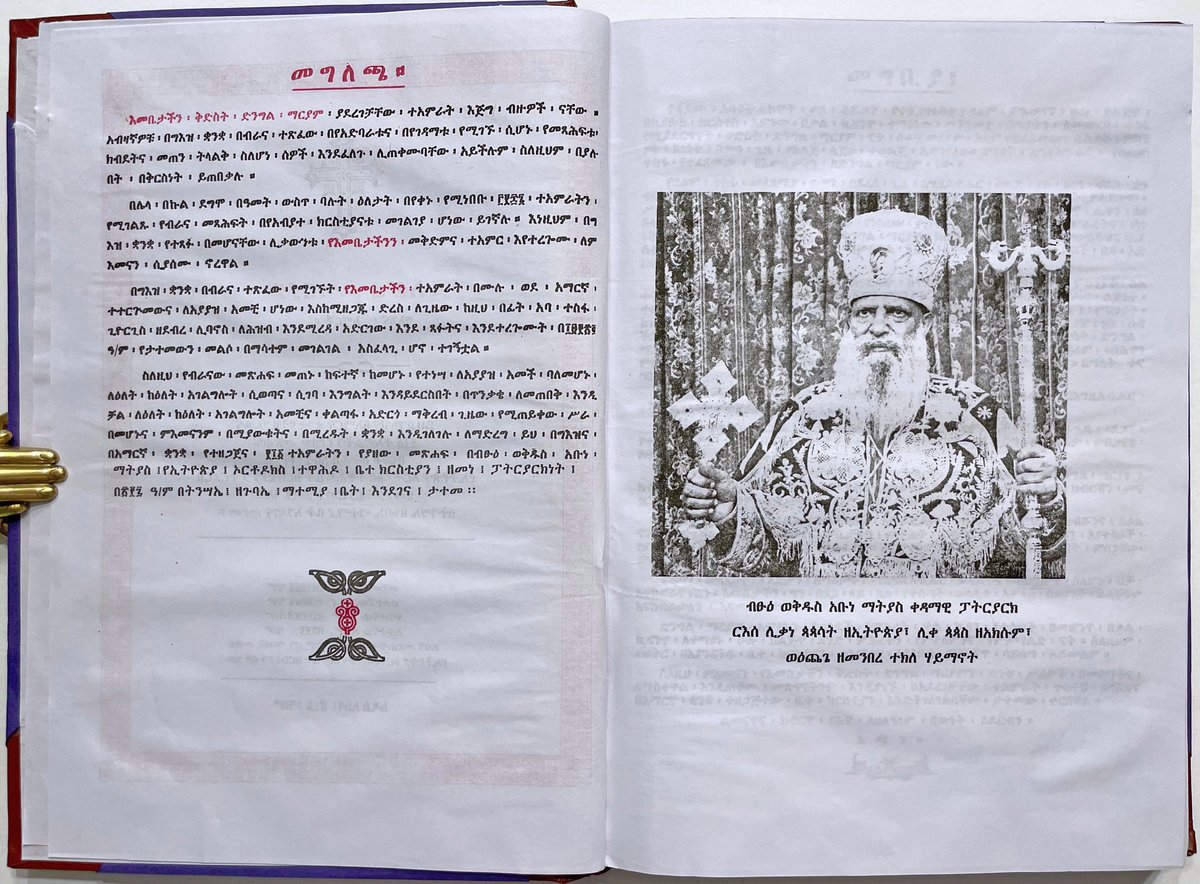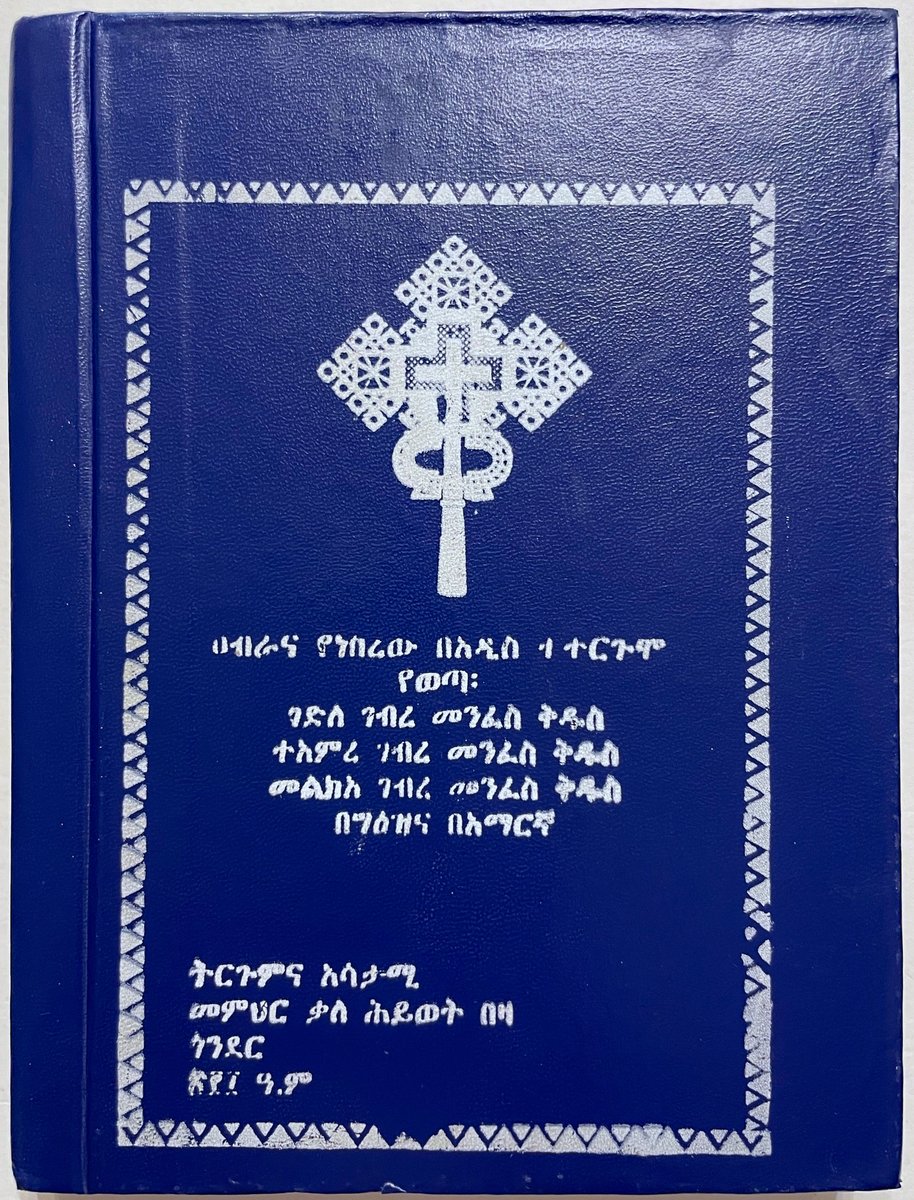
It's fascinating the way PRINTED 20th century Ethiopian liturgical books so closely follow the style and layout of the still living Ge'ez manuscript tradition, in the same way that the first Western incunables in the 15th century mirrored their manuscript predecessors. 1/ 

• • •
Missing some Tweet in this thread? You can try to
force a refresh




































